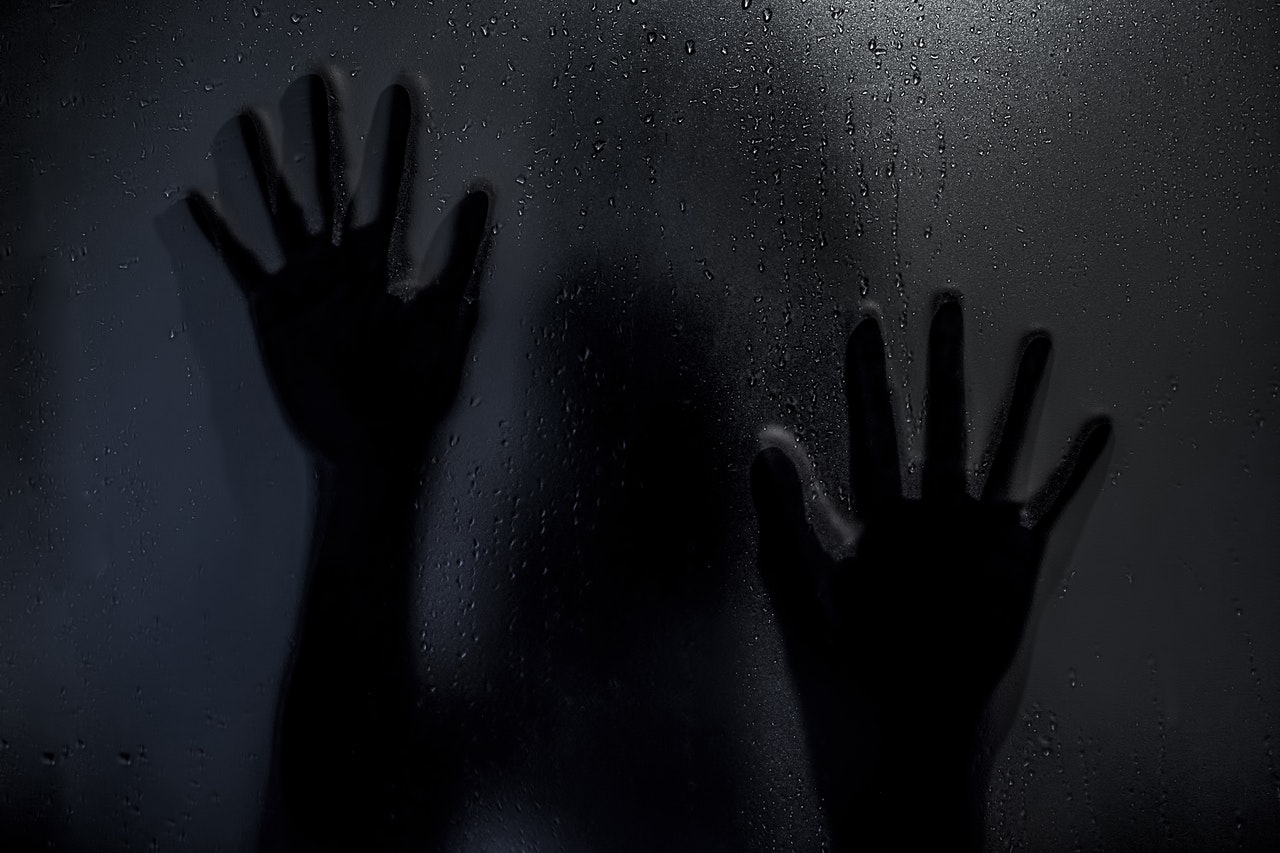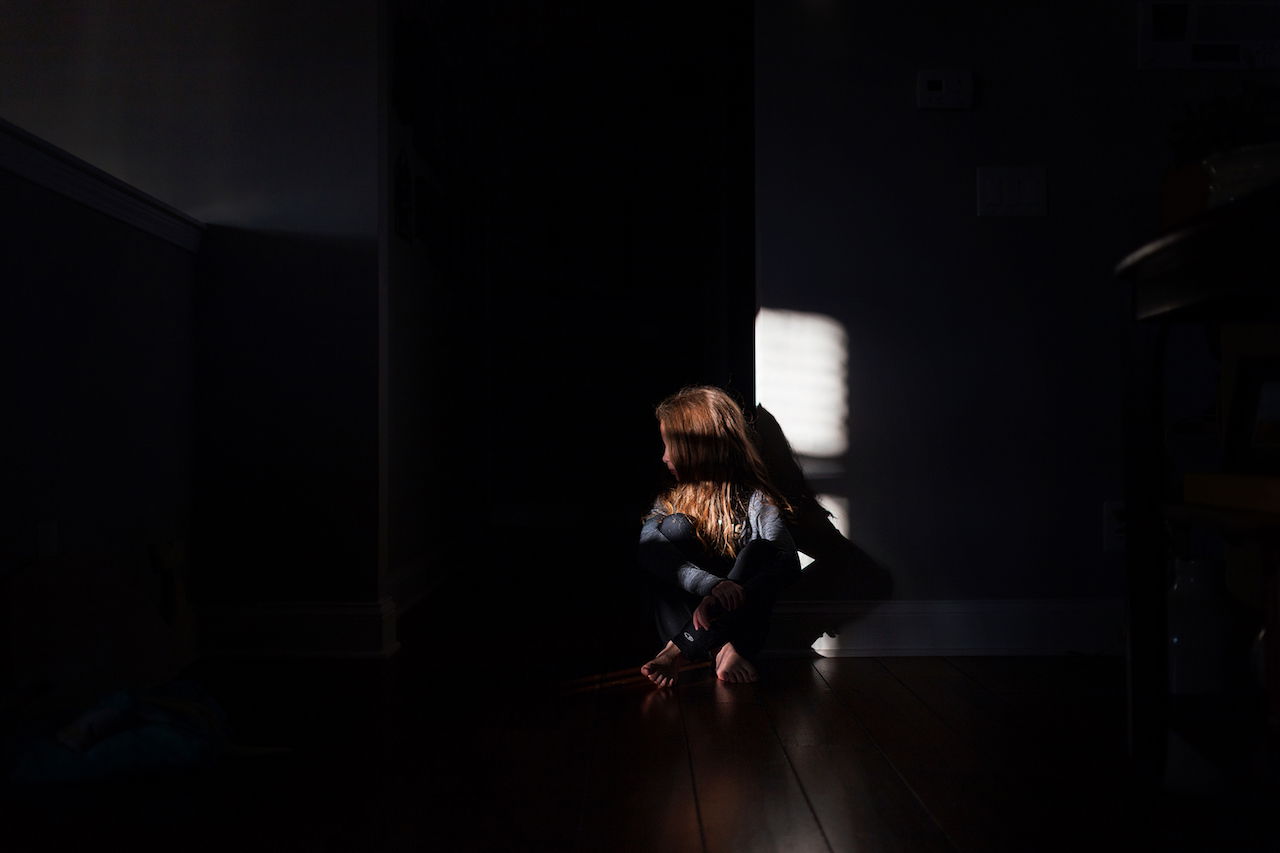Highlights
In the vast and tragic history of sexual predators, Larry Nassar stands out. In his medical role on the USA gymnastics team, Nassar molested at least 500 girls, including well-known gymnasts like Simone Biles and Aly Raisman. The abuse happened for decades, with much of it occurring during medical exams with others present. However, the most appalling part of the story may be the repeated warning signs that were not taken seriously. Concerns were raised by girls, reports were filed with administrators, and questions asked by parents, but these were universally minimized or ignored. How was Nassar allowed to continue his abuse year after year, even though evidence continued to mount against him? This story illustrates a harsh reality of sexual assault: it often remains hidden due to a combination of denial, manipulation, and confusion.
Here are four reasons sexual assault stays in the shadows.
1. The Myth of the Evil Perpetrator
Larry Nassar was routinely lauded for his generosity, self-sacrifice, and commitment to others. People “knew Larry for years” and were effusive in their praise, even after accusations came to light. “He will do anything in the world for anybody,” a neighbor recalled . “We all love Larry. We really, really love Larry.” Even some parents of the abused were still bewildered about their conflicted feelings as the truth became known. His goofy charm and relentless service created a persona that was impervious to logic, and each time an accusation came forward it was rebuffed by excuses and explanations. For example, Nassar was a so-called expert on female pelvic issues, and he claimed his abusive advances were a misunderstood part of his “treatment.” He had the authority of a doctor, and in many cases his interventions were effective. He wrapped sprains, prescribed medications, and competently treated a variety of injuries that are common in the rough and tumble world of world-class gymnastics.
This illustrates what is sometimes called the “myth of evil” in abuse literature. People assume that abusers are bad people who only do bad things and that they look evil—like the trench coat-wearing creep in the alley. However, most people who perpetrate sexual violence, domestic abuse, or psychological manipulation are otherwise ordinary folks, who can be charming, successful, and even kind and caring. This helps to explain why well-regarded public figures like Bill Cosby or Matt Lauer are able to get away with assault for years. It is hard for outsiders to reconcile the happy feelings they have about the public face with the accusations about the private person.
In Nassar’s case, parents and authorities could not handle the cognitive dissonance of seeing a skilled and generous person that was accused of monstrous things. Evidence accumulated for years, but it wasn’t until Nassar’s hard drive was found in the trash with thousands of hard-core child pornography images that the community delusion began to clear.
2. Wishing the World was Safe
This relates to another reason people react to sexual abuse or assault with denial. We need our perceptions to be accurate so we can stay safe, and we want to trust our instincts. Unfortunately, this can result in people creating a reason for abuse when there isn’t one, and this reason can include blaming the victim. For example, in Mississippi, a woman was raped on a Biloxi Bay Bridge when she was out running. She reported the assault and was treated and tested at a local hospital, but when the crime was reported, responses included: "I would not run alone that late at night, especially being a woman. Go during daylight or go with a running buddy," and, “it’s dark at 6 p.m. ... what was she even doing alone walking on the bridge?”
This unfortunate tendency to fault people for being hurt was shown in a study on the “hindsight effect,” where research participants read different versions of a story. In one, a character was raped at the end, and the other had a neutral ending. Those who read the version with the assault were more likely to select evidence that questioned the decisions of the victim, even though there was no reason they should have been hurt. This, “I knew-it-all-along” bias happens when people claim reasons to make events seem predictable, even if they weren’t. It is easier to blame someone for their harm than it is to accept that it could happen to anyone.
3. Wrong Kind of Victim
The Biloxi bridge assault illustrates another problem, which is that some victims are blamed because they aren’t innocent enough to deserve victim status. If a person fights back, is not dressing in the right way, is intoxicated, or if the accused is someone they know, their story is more likely to be questioned or doubted. One scholar found that people only give a full pass to those fitting an “ideal victim” profile, which consists of five traits. The one hurt must be: (1) weak/vulnerable, (2) involved in a respectable activity at the time of victimization, (3) blameless in all aspects of the interaction, (4) victimized by an obvious offender, and (5) someone who does not know the offender. This may be why professionals or clergy are more likely to blame victims who are not living according to the standards or recommendations they give, and it also may be why male victims are less likely to be taken seriously. Those who meet the victim profile fully are most likely to be supported in their trauma.
4. Confusion and Self-Blame
Blame from outsiders takes a toll on the victims, which leads to self-blame. Perpetrators of sexual and domestic violence are effective at blaming their victims, and many feel deep shame for allowing the abuse to occur, being in the wrong place, or not getting away. In one study, abused women blamed themselves for starting fights even when the transcripts of the fights showed they did not.
Larissa Boyce, an early victim of Larry Nassar, confided in a coach that she was upset at what he had done, but she was told that making a report would have “very serious consequences” for both Nassar and Larissa. Confused and fearful, Larissa cried and later apologized to Nassar, telling him that it was a misunderstanding and all her fault. Many victims are confused by the abuse and get caught up in the denial that pervades it, which leads to second-guessing and doubt. One scholar illustrated this tendency with a story. His car was broken into and his stuff stolen, and his reaction was to blame himself for parking it in the wrong place, not locking it, and being careless. It wasn’t until later reflection he realized that no matter what his choices were or weren’t, the break-in was not his fault and he was violated by the thief.
What Can We Do?
Although the culture around sexual assault is undergoing a shift towards accountability and awareness, with movements like #metoo and #whyididntreport gaining visibility, there is still a long way to go. Some politicians and self-described men’s organizations have resisted taking victims’ claims seriously, arguing that accusations are too easy to make or go too far. The reality is that false accusations are rare, with only around 6-8% of those submitted being false. But most incidents are not reported, and most perpetrators never get accused or held responsible. Even in the most serious cases, estimates suggest that only one out of every 200 rapes result in a conviction or incarceration.
Professionals and family members can help by taking abuse reports seriously, validating emotions, and asking questions that support rather than challenge. Well-meaning listeners sometimes pressure victims by insisting they go to a doctor or file a report, but this can have the effect of further pressuring them or disrespecting their agency. Rather, it is better to listen carefully, to show concern, and to think through various options, such as therapy or abuse hotlines. The challenge of sexual assault is complex and difficult, but it shouldn’t remain hidden. We can all work together to support victims and raise awareness so abuse can be prevented and healing can occur.
Jason B. Whiting, Ph.D., LMFT is a Professor of Marriage and Family Therapy at Brigham Young University. He researches deception, communication, and abuse in relationships and is the author of the book Love Me True: Overcoming the Surprising Ways We Deceive in Relationships (2016). For more information visit drjasonwhiting.com.











